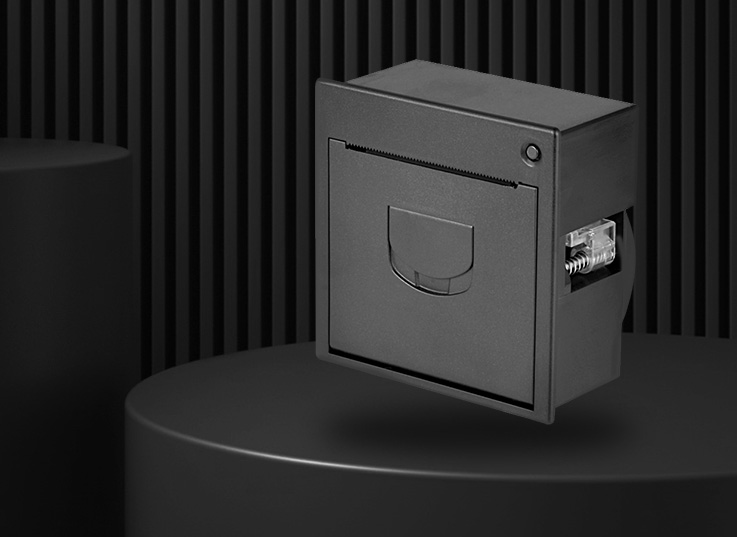
 2022-11-26
2022-11-26 2025-12-05
2025-12-05A Continuous Ink Supply System (CISS) is designed to provide a high-volume, cost-effective alternative to standard ink cartridges. However, it can be a source of various frustrating faults. The most common issues are air bubbles and clogged printheads. Air can enter the ink lines during inst
 2025-12-04
2025-12-04When a printer produces output with an unwanted dark background, black smudging, or an overall dark tint instead of crisp, white negative space, it indicates a critical issue within the imaging or transfer systems. This is often referred to as "black background" or "ghosting" and is particularly com
 2025-12-03
2025-12-03Maintaining the nozzles of a color inkjet printer is crucial for ensuring consistent print quality and extending the lifespan of the printhead. Over time, ink nozzles can become clogged due to dried ink, dust, or air bubbles, leading to issues like streaking, missing colors, or uneven prints. To pre
 2025-12-02
2025-12-02Adjusting the vertical printing position of a printer is essential for achieving precise alignment, especially when printing labels, envelopes, or multi-page documents. Most modern printers, including inkjet and laser models, offer software-based adjustments through their driver settings. To begin,
 2025-12-01
2025-12-01The fuser unit is a critical component in laser printers that uses heat (180–220°C) and pressure to fuse toner particles permanently onto paper. Over time, toner residue, paper dust, and wear can degrade the fuser’s performance—leading to smudged prints, paper jams, or uneven toner adhesion. Laser p
 2025-11-28
2025-11-28Printer print noise—unwanted dots, speckles, or grainy patterns on printed pages—ruins the clarity of documents and photos, making text hard to read and images unprofessional. This issue affects both inkjet and laser printers, with causes ranging from low-quality consumables to hardware defects (e.g